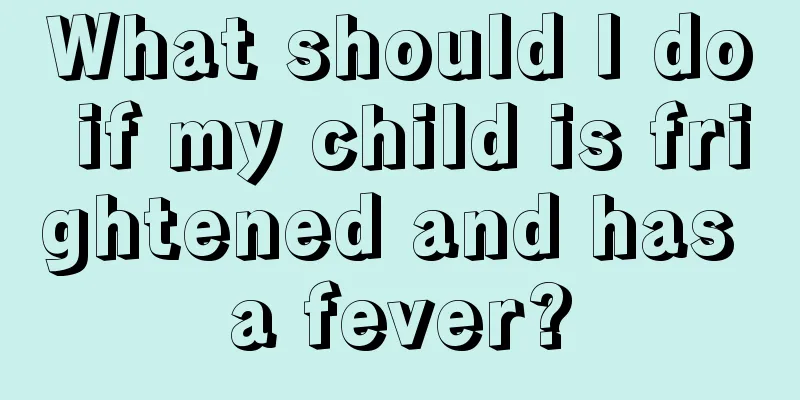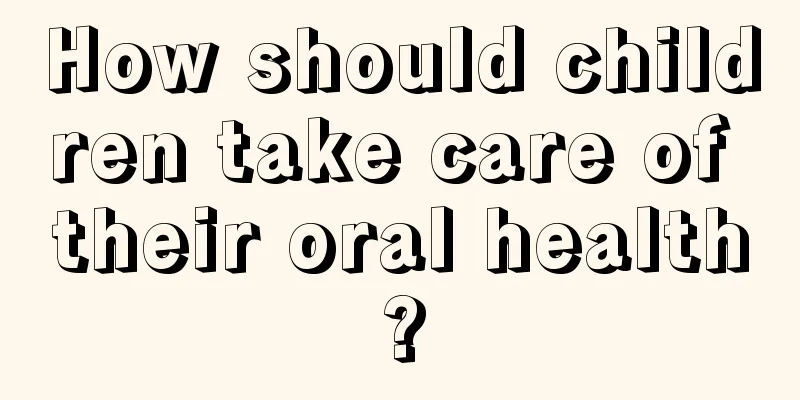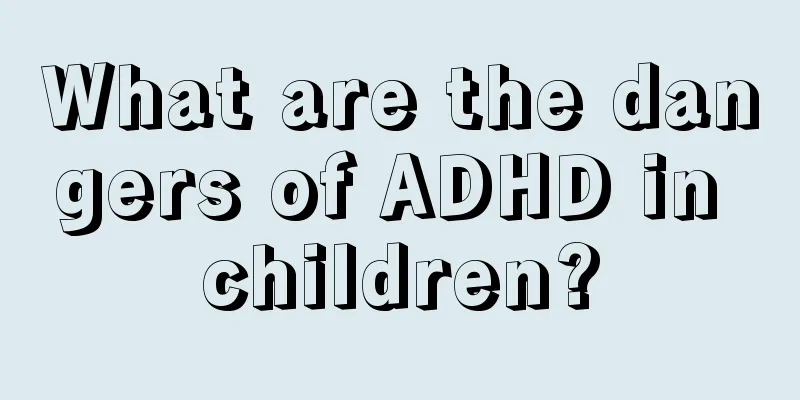When does the baby's fontanelle close?

|
Every baby has two fontanelles, front and back. Generally speaking, the front fontanelle will close no later than 2 years old, and the back fontanelle will usually close at 4 months old. As parents, there is no need to worry about the closure of the fontanelles too early. An unclosed fontanelle leaves space for the baby's brain development. Of course, there are also physiological problems with fontanelle closure, and the cause of this situation is often pathological. Many parents will find that every time they take their baby for a physical examination, the doctor will check the condition and closure of the baby's fontanelle. But there is one thing parents need to understand: the later the fontanelle closes, the better! The closure of the fontanelle (especially the anterior fontanelle) is indeed related to the development of the brain and skull, but no research has shown that the later the baby's fontanelle closes, the better. The closure time of the baby's posterior fontanelle generally does not exceed 3 months after birth; the closure time of the anterior fontanelle generally does not exceed 24 months after birth. As long as it is within this range, it is normal. Pathological conditions: Of course, there are some pathological conditions in which the fontanelle closes too early or too late. ① If the anterior fontanelle is bulging and tense, intracranial lesions should be considered in combination with other symptoms; however, some drugs or high fever can also cause a bulging anterior fontanelle, so parents need to observe closely. ② If the anterior fontanelle is sunken, vomiting or diarrhea occurs, and there is little urine, dehydration should be considered. ③The early or late closure of the anterior fontanelle is also a pathological condition: early closure is more common in microcephaly, while late closure is more common in rickets, cretinism, hydrocephalus, and central nervous system infection. Baby, don't worry about these situations ① For a few babies, when they are 5-6 months old, the fontanelle is only the size of a fingertip and seems to be about to close, but in fact it has not ossified. This situation does not belong to premature closure. ② As long as the head circumference of a full-term newborn is not less than 33-34 cm at birth, not less than 46 cm at one year old, and not less than 47-48 cm at two years old, it is normal and there is no need to worry. |
<<: Does your child's hands and feet often shake when sleeping?
>>: What causes children's involuntary shaking?
Recommend
How to supplement zinc deficiency in babies
Many babies will have symptoms of zinc deficiency...
My baby has not grown any teeth at 7 months old
Since the baby is born, parents' attention ha...
Two month old baby has not had a bowel movement for 5 days but farts frequently
Babies in their early childhood are physically fr...
White spots on children's fingers
The phenomenon of white spots on children's f...
Why is there blood in baby's stool and how to solve it
I believe everyone is very concerned about the ba...
Why does a newborn baby keep sticking out his tongue?
Many newborns always like to play with their tong...
Is it OK for a baby to walk too early?
After people give birth to a child, more attentio...
What to do if your baby is underdeveloped
Baby developmental impairment is one of the more ...
When do children grow taller?
Children's height and nutrition are inseparab...
What is the reason for the child's left side abdominal pain
Although it is a hot summer, many diseases are oc...
What causes droopy upper eyelids in children?
Many babies cannot open their eyes after they are...
What is the best time for teenagers to go to bed?
Children of each age group should have different ...
What to do if a child has food poisoning? You should know the first aid measures
The first aid measures for children suffering fro...
What to do if your two-year-old baby doesn't like to sleep
Generally speaking, children need longer sleep th...
Can children take anthelmintics in spring?
Parasites are very common organisms in life. They...









